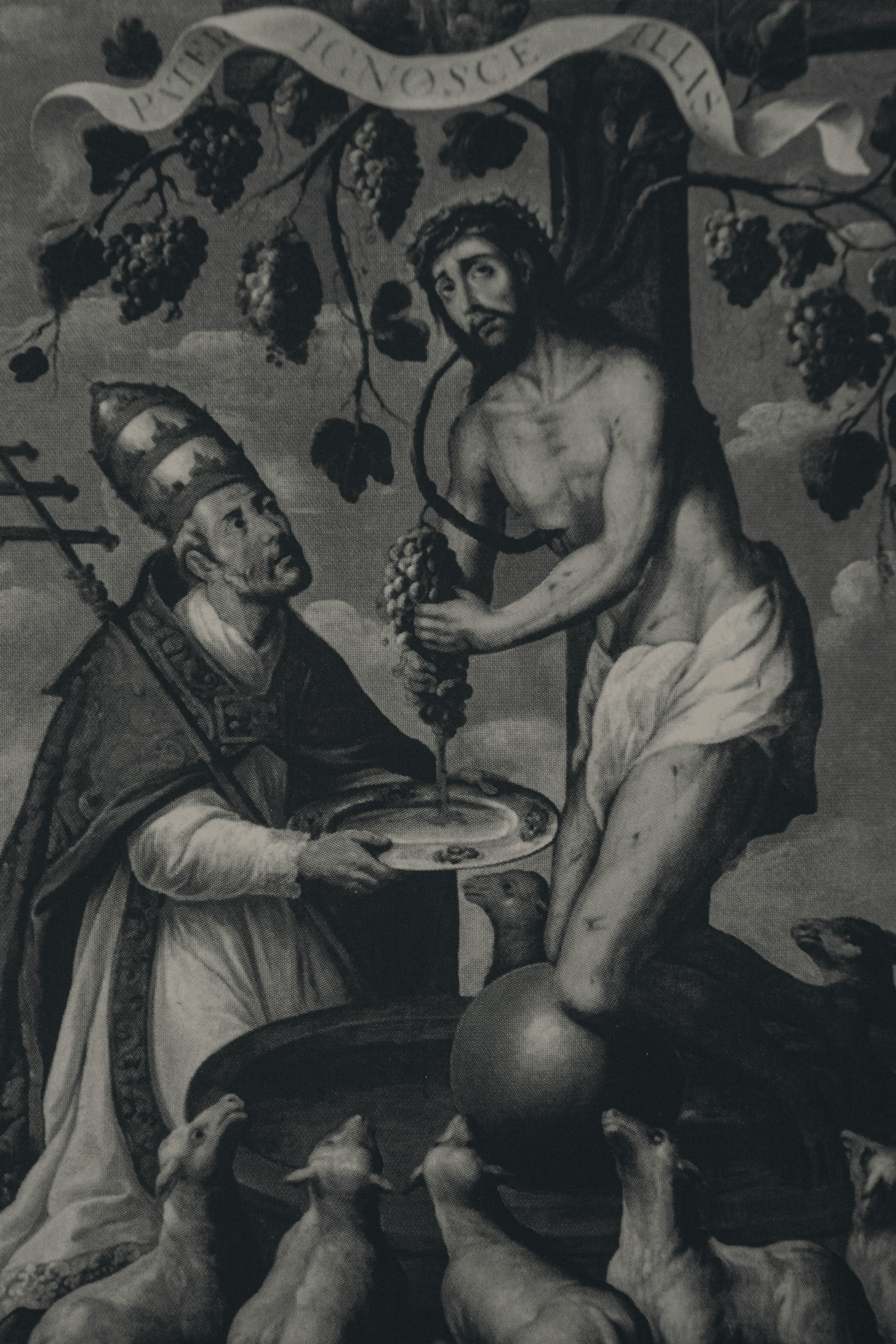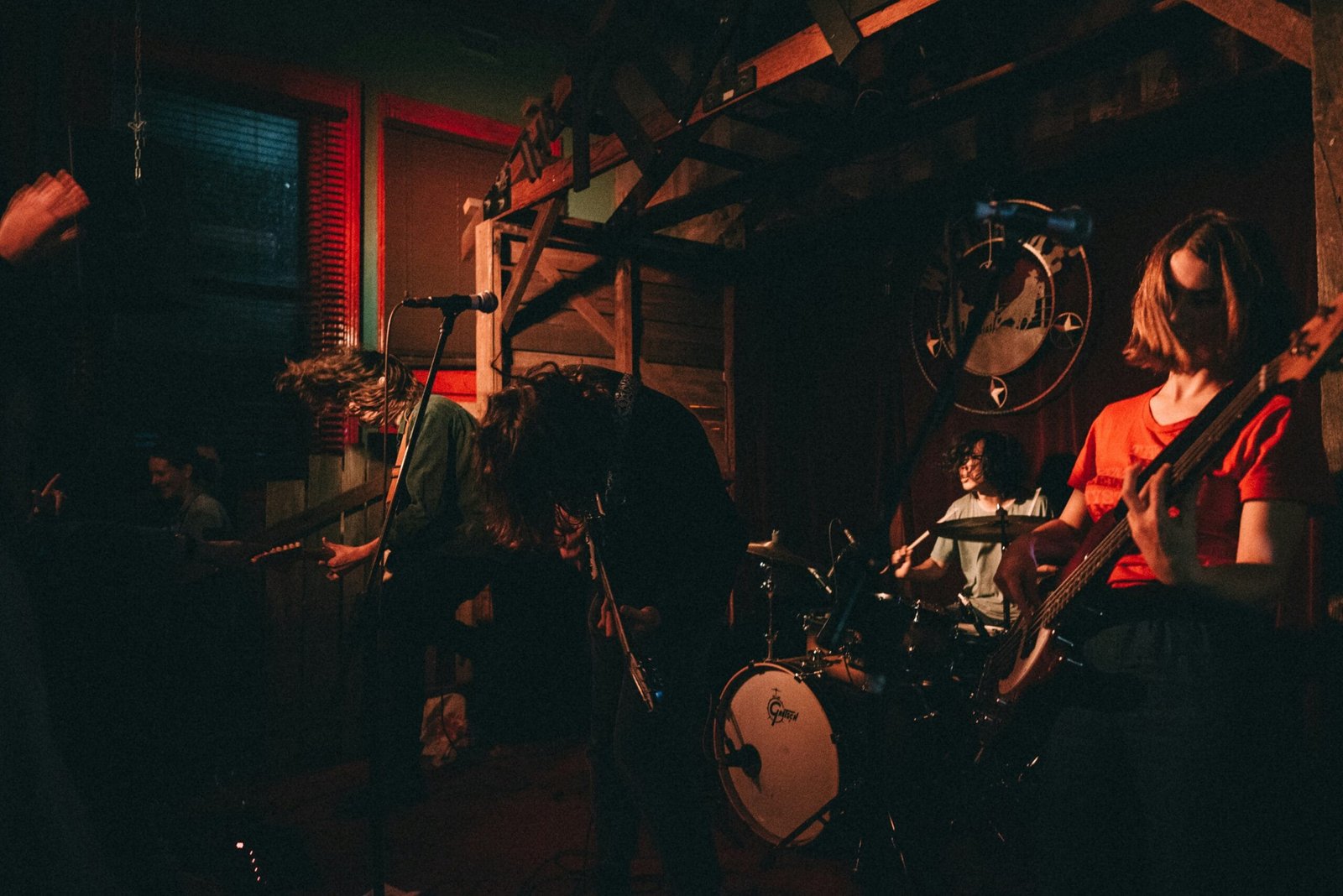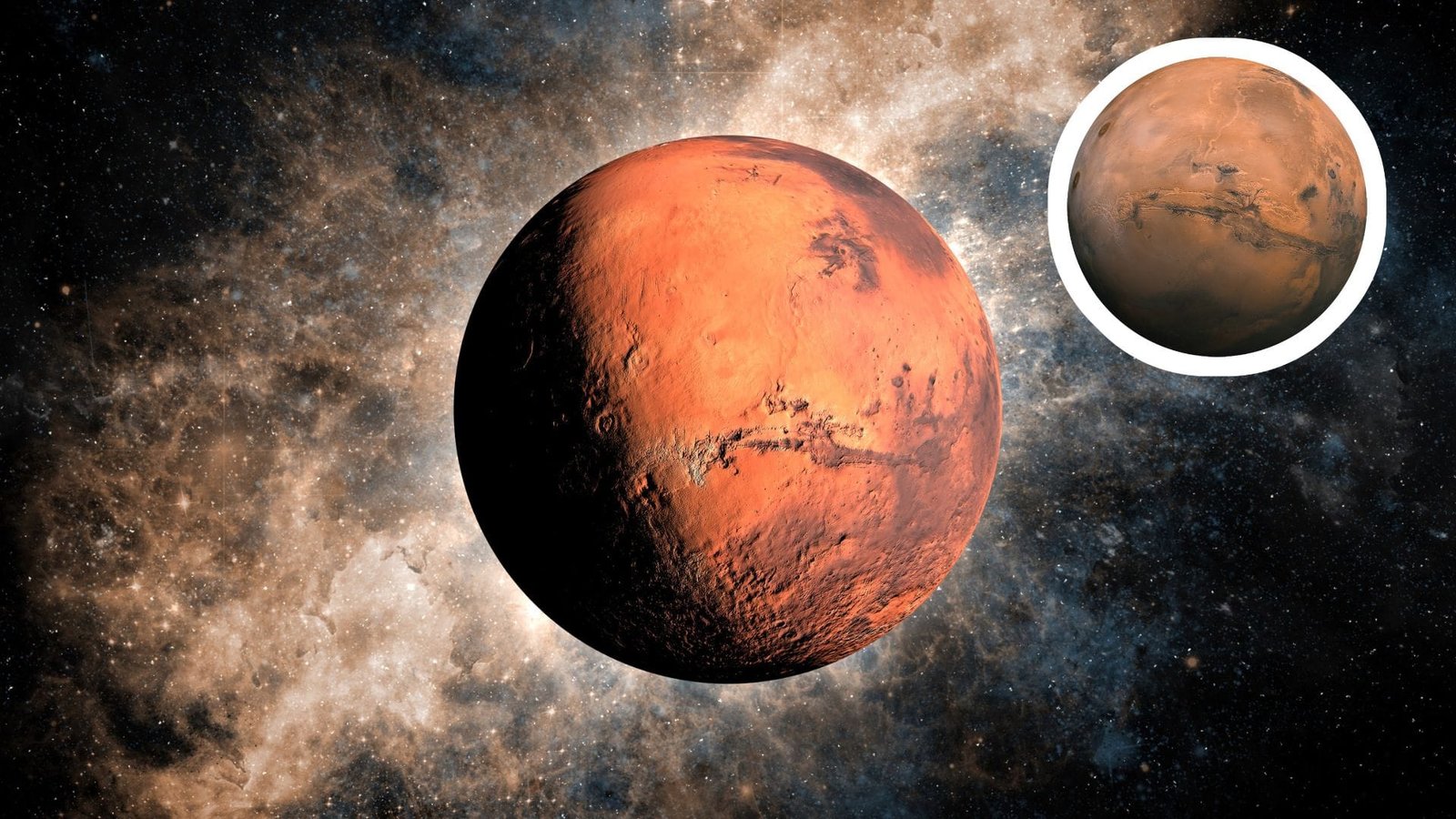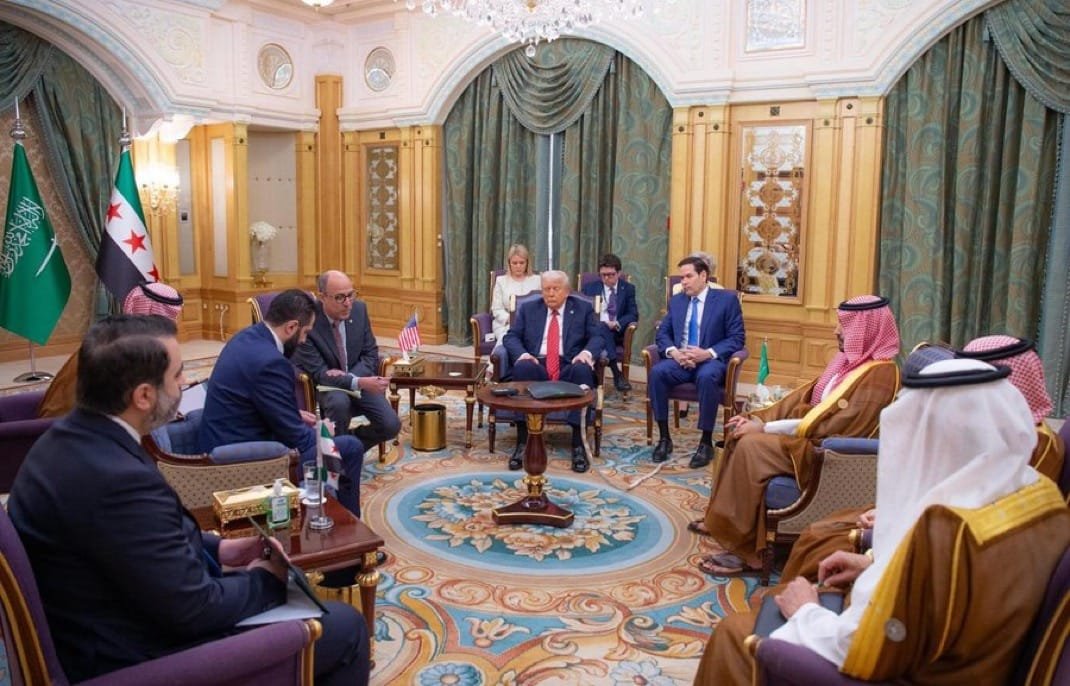
Introduction to the Controversy
The recent emergence of an AI-generated image depicting Donald Trump as the Pope has ignited considerable debate and controversy in both political and religious spheres. Released shortly before a significant conclave, which is pivotal in defining the future leadership of the Catholic Church, this image has drawn attention not only for its provocative nature but also for the implications it carries about the intersection of politics and religion in contemporary society.
Donald Trump, a figure frequently associated with bold and controversial statements, continues to capture public interest worldwide. The juxtaposition of Trump’s persona with the revered position of the Pope raises questions about the appropriateness of such depictions. The image reflects societal fascination with celebrity culture and the blending of distinct identities, prompting discussions around the ethics of using artificial intelligence in creating hyper-realistic portrayals of individuals, especially those in positions of power.
The timing of the release is particularly significant, as it coincides with a period of introspection and potential change within the Catholic Church. This context amplifies public responses, with many debating whether portraying Trump in papal robes is a satirical commentary or an affront to the sanctity of the Papacy. Supporters argue that the image highlights the absurdity of modern political spectacles, while critics contend that it trivializes a position regarded with deep reverence by millions around the world.
Moreover, the crossover of figures such as Donald Trump into the realms traditionally reserved for religious leadership raises pertinent questions about the state of political influence over spiritual matters in today’s society. The stark contrast between the values embodied by both Trump and the Papacy suggests an ongoing cultural tension, further complicating the narrative. As discussions surrounding this image unfold, it is evident that the implications reach far beyond mere visual representation, encapsulating broader debates about the roles of influence and identity in the modern age.
What is AI-Generated Art?
AI-generated art refers to artwork created through algorithms and machine learning techniques, providing a new perspective on both creativity and authenticity in the artistic realm. At its core, this form of art leverages advanced computational technologies to analyze vast datasets, enabling machines to generate images and compositions that mimic human artistry. By utilizing neural networks, specifically Generative Adversarial Networks (GANs), artists and technologists can instruct AI systems to produce visual content that ranges from photorealistic images to abstract representations.
The relevance of AI art has gained significant attention, particularly in light of contemporary discussions around figures like Donald Trump. For example, the recent portrayal of Trump as Pope in viral images highlights the intersections of politics, faith, and digital creativity, raising questions about the societal implications of merging these distinct personas. The emergence of such AI-generated pictures illustrates how technology can challenge traditional definitions of art, pushing boundaries while also sparking debate over authenticity and the role of human input in artistic creation.
Moreover, AI-generated art has triggered conversations about the ownership and ethics of creative work. Since machines operate on vast amounts of existing data, concerns arise regarding intellectual property rights and the potential for replicating styles or works without proper attribution. As society grapples with these challenges, the emergence of images such as the controversial Trump Pope picture serves as a catalyst for examining the impact of artificial intelligence on creative industries. Understanding AI-generated art is essential for appreciating its broader implications and the evolving relationship between technology and artistic expression.
The Historical Context of Trump and Religion
Donald Trump’s relationship with religious groups has been a complex and evolving narrative, especially during his tenure as President of the United States. His strong appeal among evangelical communities has been a significant aspect of his political identity. Many evangelical leaders have voiced their support for Trump, citing shared values, particularly on issues such as abortion and religious freedom. This backing has played a crucial role in solidifying his base and influencing public perception of him as a leader representing Christian values.
However, Trump’s presidency was not without controversy regarding his statements and actions that often polarized religious groups. For instance, his rhetoric on immigration, race, and international relations sometimes contradicted the teachings of compassion and inclusivity espoused by many religious organizations. These controversies have led some to question the authenticity of his engagement with faith as he seeks the endorsement of key religious figures. It raises a critical point regarding his portrayal as a religious figure, particularly as discussions arise surrounding images depicting Trump as pope.
Historically, the interactions between political figures and religious institutions have shaped public perceptions, and the potential depiction of Trump in a papal role may elicit varied reactions from different communities. Supporters may view a trump pope picture as a celebration of religious conservatism, while critics might interpret it as a grotesque distortion of faith, especially given Trump’s sometimes brash demeanor. This dichotomy illustrates the tension within American society as it grapples with the blending of politics and religion. Ultimately, understanding Trump’s historical context with religion is essential to unpacking the controversy surrounding his image as a spiritual leader and its implications for future discourse surrounding faith and politics.
Public Reactions to the Image
The release of the AI-generated image depicting Donald Trump as Pope has ignited a myriad of reactions from various segments of the public. Religious communities, political commentators, and social media users have all been vocal regarding their perspectives on this controversial portrayal. Within religious circles, responses have ranged from perplexity to outright condemnation. Many individuals in these communities view the image as a trivialization of the papacy, asserting that it undermines the profound respect traditionally afforded to such a spiritual role. Others, however, see humor or satire in the depiction, reflecting on the intersection of politics and faith in modern society.
Political commentators have not shied away from expressing their views on the Trump pope picture. Some critics argue that the image is emblematic of Trump’s controversial tenure and the manner in which he seeks media attention. They contend that the portrayal could alienate even his staunchest supporters. Conversely, a faction of political supporters embraces the image as a tongue-in-cheek reflection of Trump’s larger-than-life persona, suggesting that it highlights his influence beyond traditional political spheres.
On social media platforms, reactions continue to be mixed. Some users engage with the image through memes and humor, finding it a fitting representation of the absurdity of current political dynamics. Others take a more serious stance, expressing concerns about the implications of visualizing a divisive figure like Trump in such a venerated position. The phrase “Trump as Pope” has trended, encapsulating the blend of intrigue and controversy that surrounds this imagery. As discussions unfold, it becomes evident that the portrayal has struck a chord across differing ideologies, leading to a widespread discourse on the intersections of religion, politics, and public perception.
Criticism from Religious Leaders
The portrayal of Donald Trump as the Pope has incited a wave of criticism among various religious leaders and organizations. The image, often referred to as the “Trump Pope picture”, raises significant concerns regarding the respect and sanctity associated with the Papacy. Religious representatives point out that the use of such imagery for political purposes can dilute the spiritual significance that the office of the Pope historically embodies. They argue that conflating politics with religious leadership undermines the moral authority that the Papacy holds within the Catholic Church and beyond.
Many officials within the Catholic hierarchy have expressed discontent with this visual representation. They emphasize that the Papacy should remain a symbol of hope, unity, and spiritual guidance, rather than being exploited for political gain. Critics argue that depicting Trump as Pope reduces the position to a superficial caricature, potentially alienating the faithful who view the Holy See as a bastion of moral integrity. This sentiment is echoed by leaders from other Christian denominations who express similar reservations about the sanctity of religious imagery being commodified for partisan rhetoric.
The concern extends beyond individual reactions to Trump’s depiction as the Pope; it speaks to a larger issue of the intersection between religion and politics in contemporary society. Religious organizations have called for greater discretion in the use of sacred symbols and have cautioned against the normalization of this type of political theater. For these leaders, the implications of such portrayals resonate deeply, as they threaten to erode the distinct boundaries that serve to safeguard the spiritual leadership from the often tumultuous waters of political discourse. In conclusion, the backlash from religious leaders surrounding the Trump as Pope imagery reflects a significant concern about the intersection of faith and politics, prompting a call for more respect for sacred symbols in public dialogue.
Implications for AI and Political Discourse
The recent image of Donald Trump as Pope raises significant questions related to the use of artificial intelligence (AI) in generating political imagery and discourse. As the line between reality and digitally fabricated images blurs, the potential for misinformation becomes a pressing concern. This particular depiction of Trump may not only resonate with supporters but could also serve as a polarizing representation, influencing how various groups perceive him. Images like the Trump Pope picture contribute to a growing phenomenon where AI-generated content can shape political narratives, often in ways that are difficult to counteract or debunk.
The role of technology in our political landscape has evolved dramatically, with AI tools increasingly accessible to the public. This democratization of image creation allows individuals and groups to propagate narratives that may favor their political viewpoints. However, it also opens the door to manipulative practices that can mislead voters. For instance, AI-generated images, while sometimes humorous or artistic, can misrepresent candidates’ beliefs and intentions, ultimately shaping public opinion in detrimental ways. The potential for these technologies to sway electoral outcomes cannot be underestimated, especially in sensitive political climates such as that surrounding the White House.
Moreover, such imagery tends to sensationalize political discourse, leading to polarized discussions that often lack nuance. In a world where images travel faster than texts, the impact of AI-generated political content can echo profoundly, fueling debates without establishing clear truths. As we move toward a future where imagery plays a central role in political communications, it is crucial to scrutinize the implications of AI-generated content and hold accountable those who wield this technology. Ultimately, the path forward requires a balance between innovative technological use and responsible engagement with political narratives.
The Artistic Perspective: Creativity vs. Ethics
The emergence of artificial intelligence (AI) in the realm of art has sparked a significant discussion, especially in politically charged contexts, such as the creation of images portraying figures like Donald Trump as the Pope. This intersection of technology and artistry invites a closer examination of the balance between creative expression and ethical considerations. The use of AI to generate a “Trump Pope picture” illustrates the profound capabilities of modern tools to reshape our understanding of both politics and religion.
On one hand, artworks that depict public figures in unconventional ways can be seen as a form of political satire, offering criticism, commentary or even humor. Artists may argue that portraying Trump in papal attire serves to challenge perceptions of authority and morality, thus contributing to an ongoing dialogue surrounding the role of leaders in society. In this light, such portrayals can be viewed as a legitimate extension of creative freedom, expanding the artistic landscape and pushing boundaries.
Conversely, the ethical implications cannot be overlooked. Religious imagery holds significant weight and meaning for many individuals. The portrayal of a political figure like Trump as the Pope could be interpreted as disrespectful, trivializing both the papacy and the values it represents. This raises questions about the responsibilities of artists and creators when using potentially sensitive subjects as a canvas for expression. The complexity of “Trump as Pope” imagery reflects the tension that exists between innovation and tradition, with both sides of the argument having valid points to consider.
Ultimately, the discussion surrounding artworks created with AI, particularly those involving figures such as Trump in ecclesiastical contexts, is a microcosm of larger societal debates about the intersection of art, ethics, and politics. As we navigate this evolving landscape, it remains imperative to engage thoughtfully with the content we produce and share in the white house environment and beyond.
Future of AI in Politics and Religion
The rapid advancement of artificial intelligence (AI) technology has sparked significant discussions regarding its implications in various domains, especially in politics and religion. As demonstrated by the emergence of an image depicting Donald Trump as Pope, there are profound ethical considerations that surround the utilization of AI-generated imagery in these sensitive areas. This particular example not only highlights the potential for AI to influence public perception but also raises questions about authenticity and trust in a digitally dominated age.
As AI tools become increasingly sophisticated, creating realistic images and even videos of public figures may become common practice. In politics, candidates might leverage such technology to craft narratives that align with their campaign goals. However, this poses serious ethical dilemmas; the distinction between real and artificially generated visuals becomes blurred, leading to a risk of misinformation. Society may find itself grappling with concerns over credibility and authenticity, especially when images like the Trump Pope picture can sway opinions and affect electoral outcomes.
In the realm of religion, the implications are equally profound. AI-generated images and other forms of digital manipulation can be interpreted in various ways, potentially redefining how faith leaders and institutions engage with their followers. The question arises: should AI be allowed to dictate religious iconography? Furthermore, as societal attitudes evolve, there may be a growing demand for regulatory frameworks that ensure ethical compliance in the use of AI in sensitive contexts, including those involving religious figures.
Looking ahead, organizations and governments may need to establish guidelines that not only address the creative use of AI in public spheres but also limit its potential for exploitation. Institutions may focus on transparency and accountability to safeguard against the misuse of AI-generated content. In conclusion, the interplay between AI technology, politics, and religion will remain an ongoing discourse as society continues to evaluate the moral implications of these innovations.
Conclusion: Navigating a Complex Landscape
The emergence of an AI-generated image of Donald Trump as Pope has ignited a multitude of discussions surrounding the interplay of technology, politics, and societal perceptions. Such imagery not only raises questions about the boundaries of artificial intelligence but also highlights the potential implications of merging public figures with revered institutions. In this context, the portrayal of Trump as Pope serves as a case study for examining how technological advancements can blur the lines between reality and fabricated narratives, ultimately influencing public opinion.
In examining the implications of this AI image, it is essential to consider how tools like these could be used to shape political messages and public beliefs. The ‘Trump Pope picture’ has already sparked intrigue and contention, drawing attention to how media representations can alter perceptions of credibility and authority. As audiences encounter these generated images, their responses reveal a broader societal tendency to grapple with evolving technologies while assessing their moral and ethical ramifications.
Furthermore, the controversy surrounding this AI portrayal also reflects a growing need for critical engagement with narratives involving significant figures in politics. The risks of manipulation and misinformation are amplified in an era where the creation of visual content is increasingly democratized and accessible. Therefore, it is imperative for individuals and communities to cultivate a discerning approach to media consumption, particularly when depicted images unintentionally align with controversial political discourses.
Ultimately, the intersection of AI technology, public representation, and political identity necessitates ongoing dialogue and reflection. As we navigate this complex landscape, it becomes clear that technological advancements, while promising, require a collective responsibility to ensure that they are leveraged for authenticity, accountability, and constructive societal engagement.







